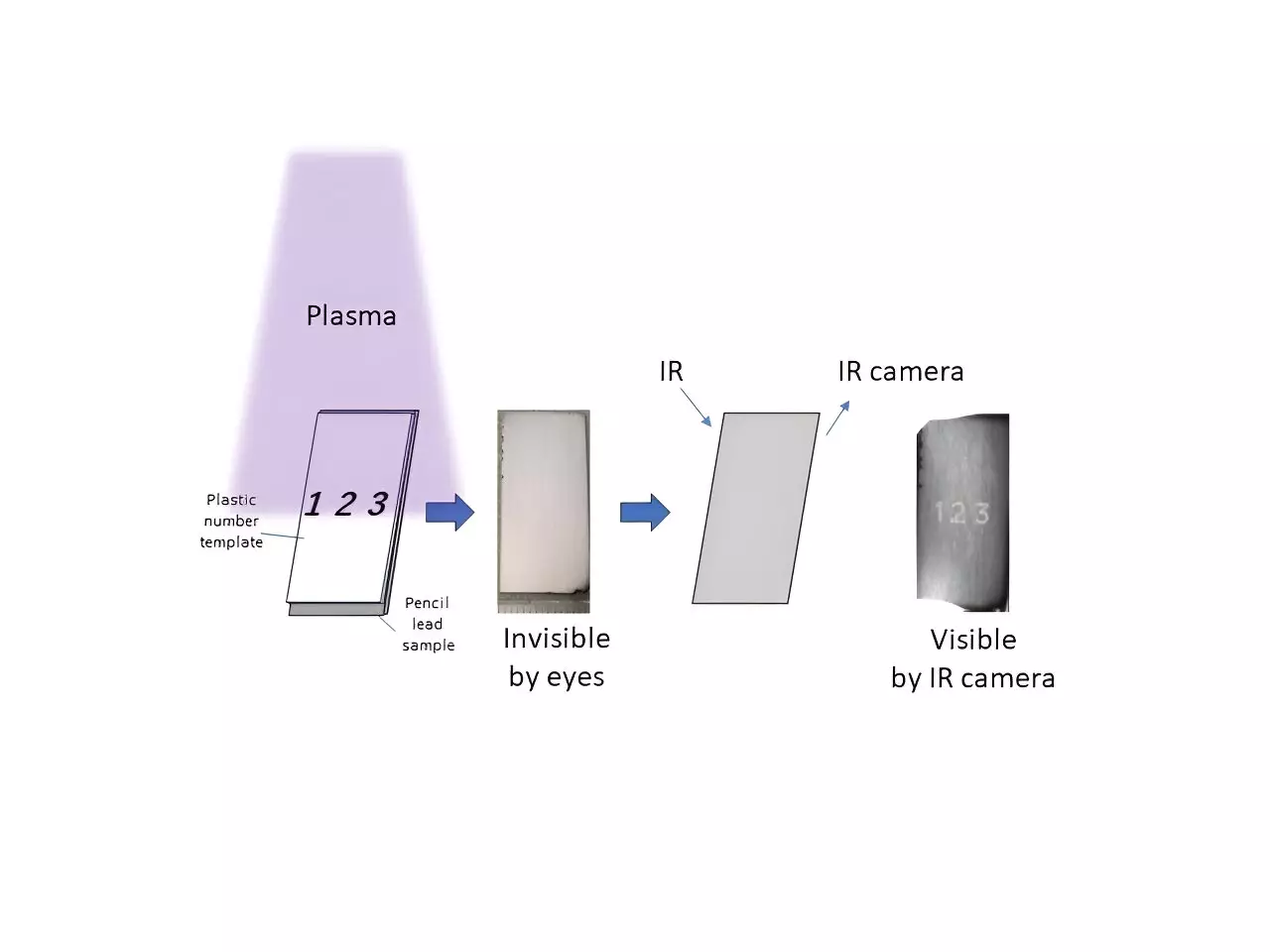Optical materials are a cornerstone of modern technology, playing crucial roles in applications ranging from telecommunications to medical diagnostic tools. However, advancements in this field often come at a steep price. Traditionally, the process to manipulate how materials reflect and absorb light involves complex manufacturing techniques that are not only pricey but also reliant on rare elements that raise sustainability concerns. This challenge has provoked researchers to seek alternative solutions. A recent study spearheaded by Japanese scientists offers an innovative and cost-effective alternative by transforming the humble pencil lead into an advanced optical material through the use of plasma technology.
The modern landscape of optical materials is littered with hurdles, chiefly high costs and reliance on scarce resources. As optical materials become increasingly integral to various sectors, the demand for innovations that can simplify their production process is palpable. Traditional materials often necessitate elaborate fabrication methods, compelling researchers and companies to invest significantly in R&D, which can prove unsustainable. The increasing overdependence on rare-earth elements further aggravates the issue, driving the quest for more abundant materials.
In their pursuit of cheaper optical materials, Professor Hiroshi Moriwaki and Associate Professor Shouhei Koyama from Shinshu University have taken a creative detour, turning to pencil lead. This everyday material presents an untapped reservoir of potential due to its accessibility and widespread use.
The utilization of pencil lead as an optical material is a noteworthy innovation. While it may seem unconventional, the composition of pencil lead—primarily graphite and clay—presents unique opportunities for light manipulation on its surface. In their groundbreaking study published in the journal Optical Materials, the researchers illustrate how a technique involving plasma can modify the reflectance properties of pencil lead.
Through plasma irradiation, they uncovered a way to control the structural colors that emerge when light is diffused through different layers of material. “By irradiating pencil lead with plasma, we can influence how light interacts with it, creating various colors without the need for dyes or chemicals,” explains Professor Moriwaki. The interaction occurs via thin-layer interference, revealing structural colors that emerge when light reflects off the modified surfaces.
So, how does the plasma-enhanced technique work in practice? The answer lies in the manipulation of pencil lead’s surface properties. The researchers initiated their process by selecting pencil lead samples and placing them in a plasma chamber. They varied the duration of plasma exposure from ten seconds to more than three minutes, allowing them to study the resultant changes in light reflectance characteristics.
The result of prolonged plasma exposure was remarkable. The researchers observed that the depth of the clay layer exposed increased, facilitating interference effects in the near-infrared and mid-infrared regions, which exist below the spectrum of visible light. This discovery underlines the versatility of pencil lead as an optical material, enabling the etching of invisible letters and numbers—visible only via infrared cameras. Such capabilities hint at potential applications in secure printing technologies and novel ways of information encryption.
This pioneering research brings to light not only a novel use of a commonplace resource but also a commitment to sustainability. “We want to transform an old, simple material into new, useful optical technologies,” asserts Moriwaki. The reliance solely on pencil lead signifies an environmentally friendly approach, promising a reduced ecological footprint in comparison to conventional optical materials.
The implications of this study extend well beyond mere economic advantages; they open the door to a new era of sustainable printing and optical technologies that minimize waste and resource depletion. The possibility of integrating this method into conventional printing workflows could revolutionize industries that rely heavily on visual communication, offering a fresh toolset for graphic design, document security, and even artistic expression.
As researchers continue to break new ground in the realm of optical materials, the findings surrounding plasma-treated pencil lead unveil opportunities that blend cost-effectiveness with sustainability. Not only does this work pave the way toward more affordable innovations in optics, but it also sets a precedent for reimagining materials that have long been overlooked. With advancements in technologies evolving rapidly, embracing such novel approaches can help achieve the dual goals of technological progress and environmental stewardship. As the researchers aim for wider adoption, one can only speculate on the myriad applications that could arise from this unique union of old and new materials science.


Leave a Reply